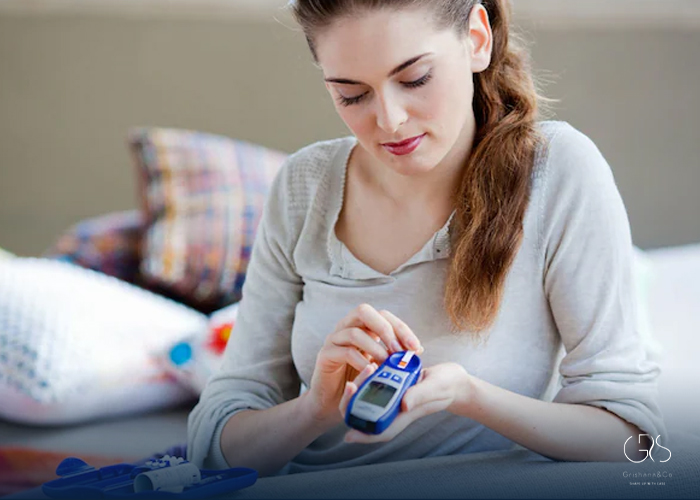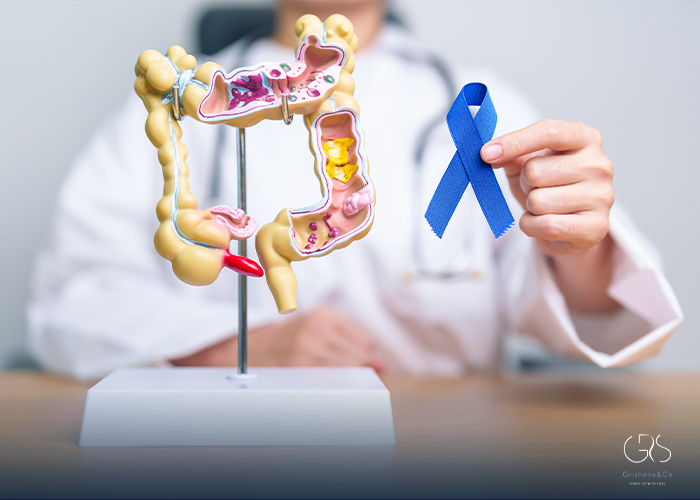When most people think of a heart attack, they envision older adults—those in their 50s, 60s, or older. But can young people have a heart attack? The answer is yes. Though less common, heart attack in young people is a growing concern. This article examines what a heart attack is, how it can happen in younger individuals, what risk factors exist, how symptoms and outcomes may differ, and how prevention strategies can be tailored.
What is a Heart Attack?
A heart attack, or myocardial infarction (MI), refers to damage to the heart muscle usually caused by reduced blood flow to part of the heart. This reduction is most often due to blockage of the coronary arteries from atherosclerosis (plaque build-up), blood clots, or other mechanisms. If blood flow is not restored quickly, the affected heart tissue can die, leading to impaired heart function or worse.

Prevalence: How Often Does a Heart Attack Happen in Young People?
While heart attacks are much more common in older age groups, evidence indicates heart attack in young people is increasing.
Recent studies show incidence of acute MI in very young adults (aged 20–29) is low but rising, and their risk factor profiles differ from older patients. Overall, younger adult populations (say age ≤ 45 or ≤ 50) show increasing rates of high blood pressure, diabetes, obesity, and sedentary lifestyle, which all contribute to higher risk.

Risk Factors for Heart Attack in Young People
Traditional Risk Factors
- Smoking or tobacco use
- High blood pressure (hypertension)
- High cholesterol or dyslipidemia
- Diabetes and pre-diabetes
- Obesity and sedentary lifestyle
Non-Traditional or Younger-Specific Risk Factors
- Genetic predisposition or family history
- Substance use (cocaine, amphetamines, vaping, etc.)
- Spontaneous Coronary Artery Dissection (SCAD)
- Hypercoagulable states and clotting disorders
- Autoimmune or inflammatory conditions
- Poor lifestyle and dietary patterns
Emerging Risk Factors
- Subclinical atherosclerosis detected by imaging
- Elevated biomarkers (e.g., LDL, HbA1c, borderline blood pressure)
Pathophysiology: How Heart Attack in Young People Happens
The mechanisms of heart attack in young people may differ from older adults.
- Atherosclerotic Plaque Rupture – plaque build-up and rupture cause clot and obstruction.
- Spontaneous Coronary Artery Dissection (SCAD) – arterial wall tear, compressing blood flow.
- Coronary Vasospasm – sudden artery constriction triggered by drugs or stress.
- Clotting Disorders – hypercoagulable states causing thrombosis.
- Drug-Induced Injury – damage from substances like cocaine or amphetamines.
- Inflammation – autoimmune disease or infections accelerate vascular damage.
Signs and Symptoms: Are They Different in Young People?
Recognizing heart attack in young people can be harder, because it’s unexpected.
- Typical symptoms: Chest pain or pressure radiating to arms, neck, jaw; shortness of breath, sweating, nausea.
- Atypical symptoms: Fatigue, nausea, indigestion-like pain, especially in women.
- Delays in Care: Young people may dismiss symptoms, delaying emergency care.
Outcomes and Prognosis
Young patients often have better short-term recovery potential if treated promptly. However, they face risks of recurrent events if lifestyle and medical risk factors are not addressed. Long-term complications may include reduced heart function, arrhythmias, or heart failure.
Why Are Cases Rising?
Several trends are behind the increase in heart attack in young people:
- Rising obesity and type 2 diabetes
- More high blood pressure and cholesterol problems going undetected
- Sedentary lifestyles and poor diets
- Chronic stress and poor sleep
- Socioeconomic and healthcare access disparities
Diagnosis
Doctors use:
- Medical history and physical exam
- ECG (electrocardiogram)
- Cardiac biomarkers (troponin)
- Imaging tests (echocardiography, angiography, CT)
- Screening for clotting disorders, autoimmune diseases, lipid abnormalities
Prevention of Heart Attack in Young People
- Adopt a healthy diet low in saturated fat and processed foods
- Regular exercise and weight control
- No smoking or recreational drug use
- Regular screenings for blood pressure, cholesterol, and diabetes
- Stress management and proper sleep
- Early treatment of autoimmune, clotting, or genetic risks
Gender and Age Subgroup Differences
- Very young adults may have fewer traditional risks but more SCAD or genetic issues.
- Women may present with atypical symptoms and are more prone to SCAD or pregnancy-related cardiac stress.
- Social and economic conditions play a major role in both risk and outcome.
What to Do in Case of Suspected Heart Attack
- Call emergency services immediately
- Avoid driving yourself
- Chew aspirin if advised and not contraindicated
- Stay calm and await medical professionals
Key Takeaways
- Heart attack in young people is real and on the rise.
- Both traditional and non-traditional risk factors contribute.
- Awareness of atypical symptoms is vital.
- Prevention through lifestyle and medical screening is essential.
Conclusion
Yes: young people can have a heart attack. Medical research shows that although age lowers baseline risk, genetics, lifestyle, and non-traditional causes can make it happen earlier. Early detection, prevention, and awareness are crucial to lowering the burden of heart attack in young people.
Sources
- MDPI, Myocardial Infarction in Young Adults: A Case Series and Comprehensive Review of Molecular and Clinical Mechanisms
- European Journal of Preventive Cardiology, Acute myocardial infarction in very young adults aged 20–29 years: characteristics, predisposing risk factors, and outcomes
- ACC, Revolutionizing Cardiovascular Health in Young Adults: Advancements in Preventing Subclinical Atherosclerosis For a Heart-Healthy Future










